How to Fly an ILS Approach
Pilot Institute
JANUARY 14, 2025
The ILS (Instrument Landing System) uses radio signals to help pilots align the aircraft accurately on their approach to a runway. Autopilot aids ILS approaches but needs close monitoring. What Is an ILS Approach? Precision Approaches (e.g., Glideslope (GS): Provides vertical guidance for the correct descent angle.


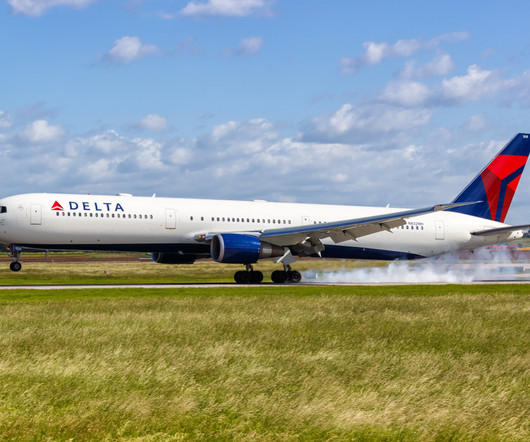

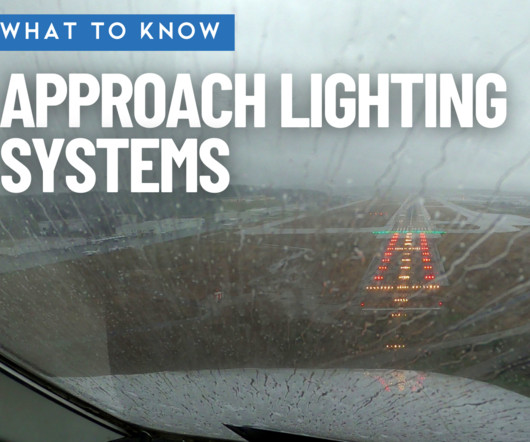

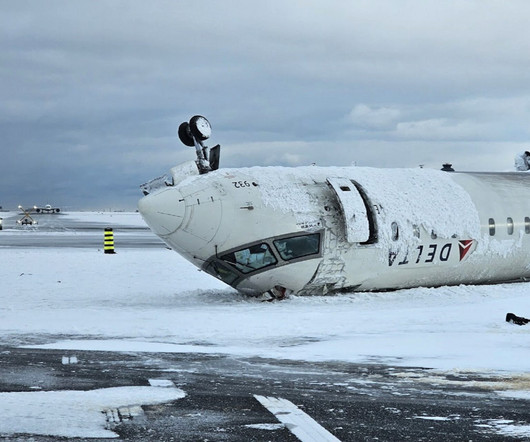


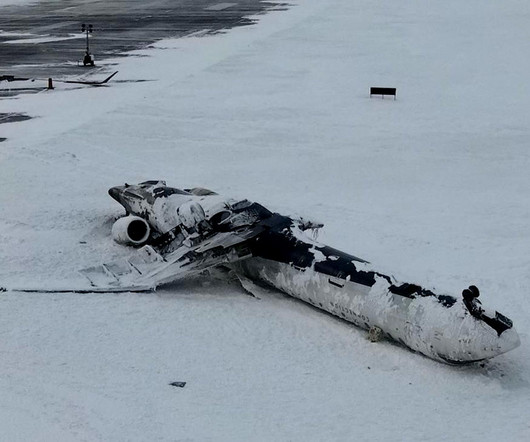



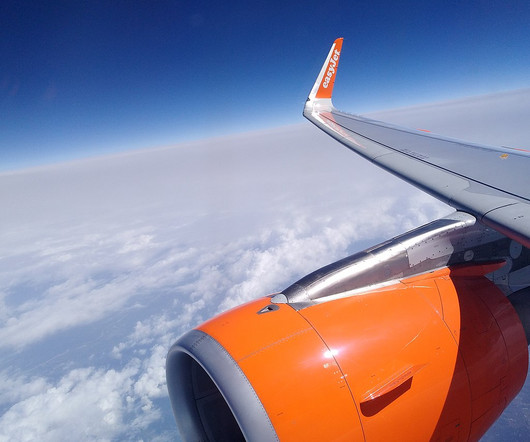







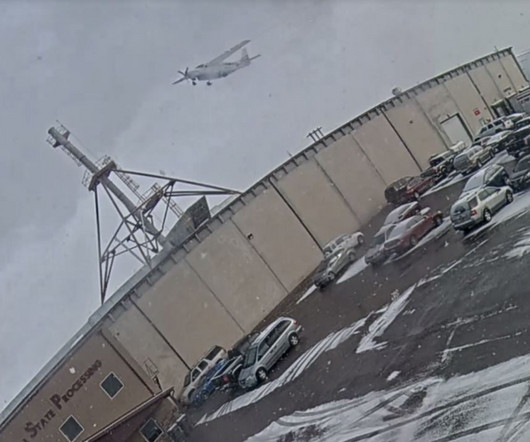





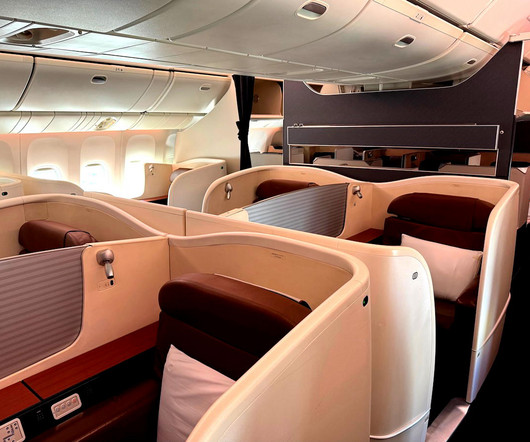



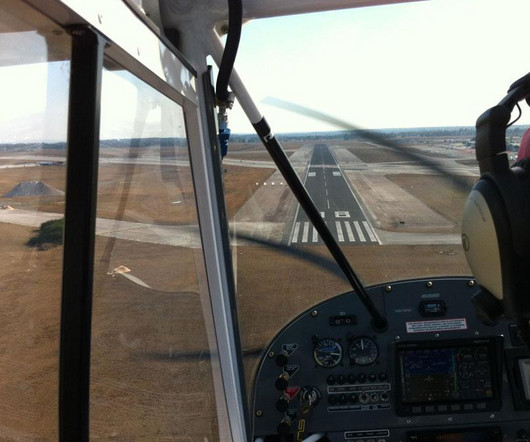



















Let's personalize your content